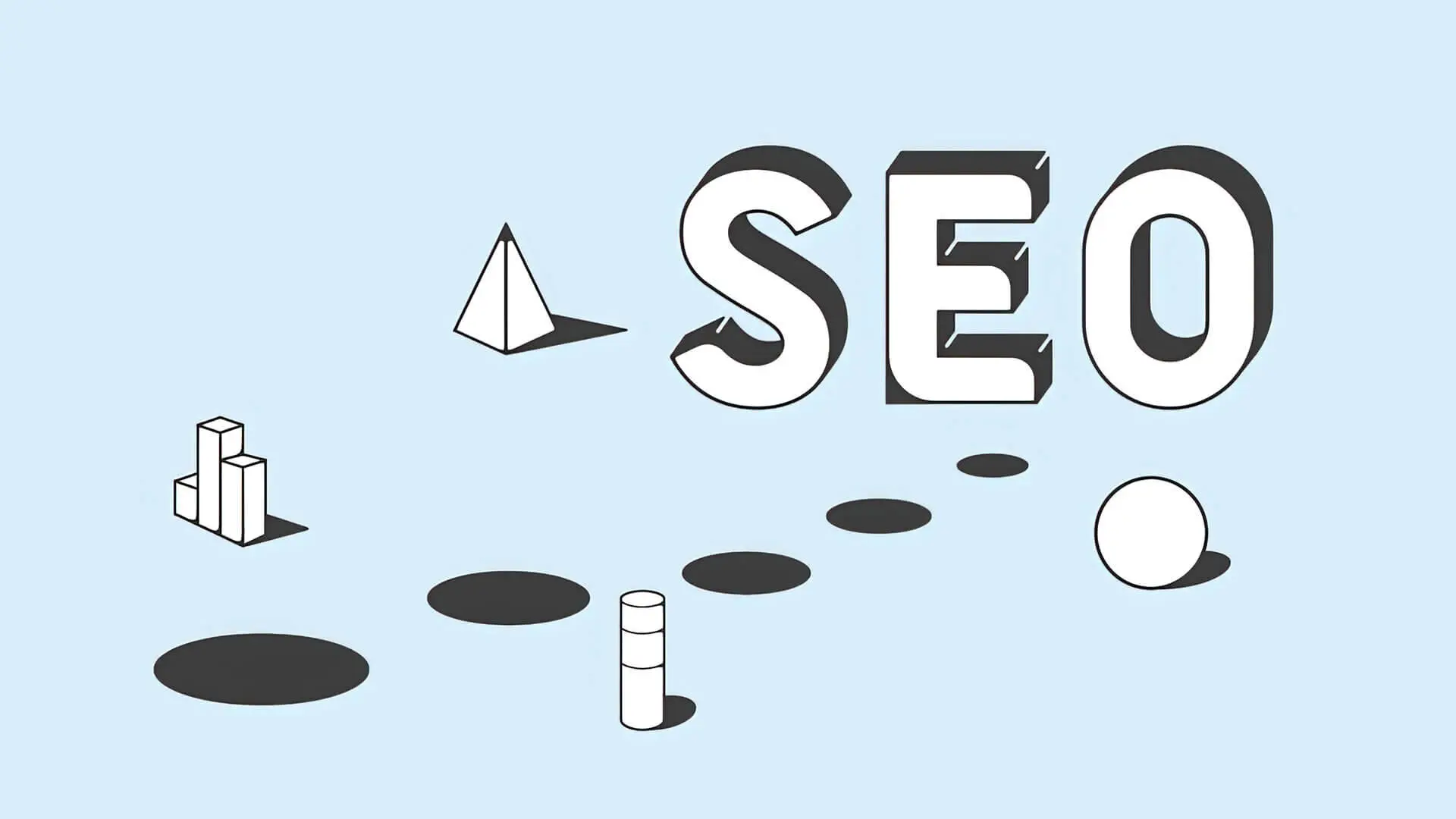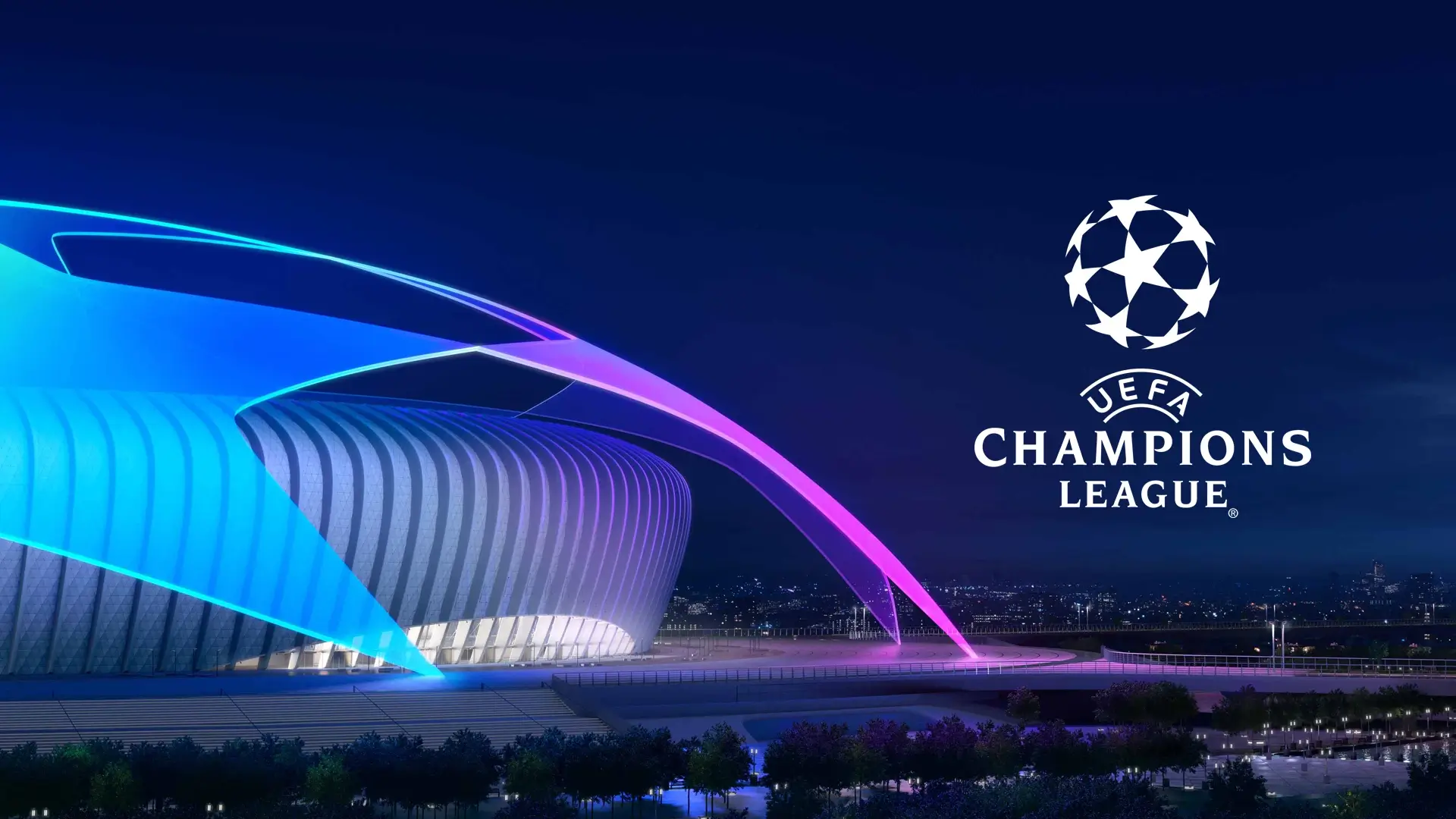The world of web design is constantly evolving, influenced by technological advancements, user expectations, and business needs. In 2025, certain trends stand out, redefining the way websites are designed and used. Let’s explore the five major trends shaping the web design landscape this year.
1. Intuitive Minimalism: Doing More with Less
Minimalism is nothing new, but in 2025, it’s taken to the next level with a more streamlined and user-centric design. Simple interfaces with generous white space, bold typography, and monochrome or pastel color palettes are becoming the norm.
This approach focuses on the essentials, eliminating unnecessary distractions and guiding users to their main goal. For example, e-commerce sites are adopting simplified user journeys, with clean product pages and lightning-fast checkout processes. Additionally, using microinteractions, such as subtle animations or haptic feedback, enhances the experience without cluttering the design.
Why this trend?
Users want fast and fluid experiences. Intuitive minimalism helps achieve this goal while making sites more accessible across devices, including mobile.
2. Integrating AI into Design and UX
Artificial intelligence is transforming web design, delivering personalized and adaptive experiences. Websites use AI to analyze user behaviors and dynamically adjust content. For example, an e-commerce site can suggest products based on the user’s shopping preferences or geographic context.
Chatbots powered by AI, more natural than ever, are integrated directly into interfaces, offering real-time customer support. On the design side, AI tools allow designers to generate mockups, optimize colors, or even create complex animations in just a few clicks.
The advantage?
A more relevant design and a tailor-made user experience, which increase conversion rates and strengthen user loyalty.
3. Immersive Experiences thanks to Augmented Reality (AR) and Virtual Reality (VR)
With the popularization of AR and VR technologies, websites are adopting immersive experiences to further engage their visitors. For example, fashion sites allow users to virtually try on clothes, while real estate agencies offer interactive 3D tours of their properties.
These experiences require a fluid design and intuitive navigation to ensure that the immersion remains pleasant. In 2025, frameworks specific to augmented and virtual reality, such as WebXR, will become widespread, facilitating the integration of these technologies into web projects.
A major challenge:
Ensuring optimal performance on all devices, as immersive experiences can be resource-intensive.
4. The Evolved Dark Mode
Dark mode is no longer just an aesthetic option: in 2025, it’s becoming a must-have standard. However, designers are taking it a step further by creating dark mode designs that leverage subtle gradients, neon colors, and textures to deliver a modern and engaging aesthetic.
The benefits of dark mode include improved readability in low-light environments, reduced eye strain, and optimized power consumption for OLED displays. At the same time, many sites offer a seamless transition between light and dark modes, allowing users to customize their experience based on their preferences.
5. Dynamic Content and Engaging Animations
In 2025, websites will rely heavily on dynamic content and interactive animations to capture users’ attention. Background videos, scroll-triggered animations, and element reveal effects with tools like GSAP are becoming commonplace.
These visual elements don’t just beautify the site: they tell a story. For example, an eco-friendly brand might use animations to show how its products contribute to sustainability. Interactivity is also key: users can explore animated infographics or manipulate interactive elements to uncover information.
A word of caution:
A balance must be struck between interactivity and performance, as overly heavy animations can slow down load times.
Why Do These Trends Matter?
The ultimate goal of web design in 2025 is to create memorable user experiences while meeting modern technology demands. These trends reflect a shift toward increased personalization, deeper immersion, and refined simplicity.
For businesses, embracing these trends is crucial to staying competitive in a crowded digital marketplace. By investing in quality design, they can stand out, build customer loyalty, and maximize conversions.
Conclusion
Web design in 2025 is at the intersection of technology, art, and business strategy. Intuitive minimalism, AI, immersive experiences, advanced dark mode, and engaging animations are redefining the industry standards. Whether you’re a designer or an entrepreneur, incorporating these trends into your projects not only ensures a better user experience, but also sustainable success in an ever-changing digital world.
Embrace these trends now to be ready for tomorrow’s expectations.




